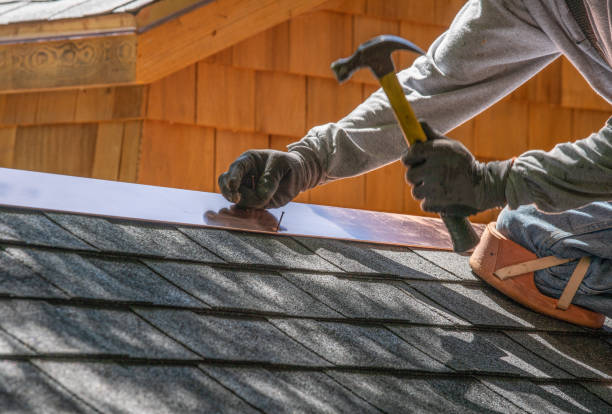When it comes to the installation of roof vents, most people focus only on getting the best materials for the job and forget about the tiny details that make a huge difference. One of those small yet crucial elements is the caps for roof vents. While they may seem like an optional accessory, roof vent caps are necessary for any residential or commercial building.
They play a vital role in protecting your roof from unwanted pests, insects, and debris. Additionally, they help regulate air intake and outflow from your attic or crawlspace, keeping your indoor environment comfortable and healthy. This blog post aims to explore why caps for roof vents are essential and answer some common questions that homeowners and builders ask about them.
What Are Roof Vents and Why Are They Important?
Roof vents are openings in the roof of a building that allow air to circulate and escape from the attic or upper portion of the building. These vents are essential for maintaining good air quality inside your home or office, preventing moisture buildup, and protecting your roof from damage. When air becomes trapped in your attic, it can become hot and humid, creating the perfect environment for mold and mildew to grow. This can not only affect the quality of air inside your home or office but can also cause structural damage to your roof.
This is where roof vents come in handy. By allowing air to flow in and out of your attic or upper space, they help to maintain a balanced air temperature, prevent mold growth, and extend the life of your roof. Moreover, roof vents can also help you reduce your energy costs. In hot weather, hot air rises and gets trapped in the attic space, making your air conditioning system work harder to keep your living space cool.
How Do Roof Vents Work?
Roof vents play a crucial role in the ventilation system of a building. These vents are strategically placed on the roof to allow the flow of fresh air in and hot, moist air out. Caps for roof vents work on the principle of passive ventilation, which means that they rely on natural air movement to function effectively. When the air inside a building becomes hot and humid, it rises to the ceiling.
Without proper ventilation, this hot and humid air will get trapped in the attic space, causing various problems such as mold growth, rusting of metal structures, and decreased energy efficiency. Roof vents work by creating a natural convection current that draws in fresh air from the outside and allows the hot, moist air to escape through the vents. As the hot air rises and escapes through the vents, it creates a vacuum that draws in fresh air from the outside, creating a continuous flow of air through the attic space.
The effectiveness of roof vents depends on various factors such as the number and type of vents
the size of the attic space, and the type of roofing material used. In general, a well-ventilated attic should have at least one square foot of venting for every 150 square feet of attic space. Proper roof ventilation not only prevents moisture buildup and other related problems but also helps in reducing energy costs by improving the overall efficiency of the building. With a proper ventilation system, you can keep your attic cool and dry throughout the year, which can significantly extend the life of your roof and other structural components of the building.





